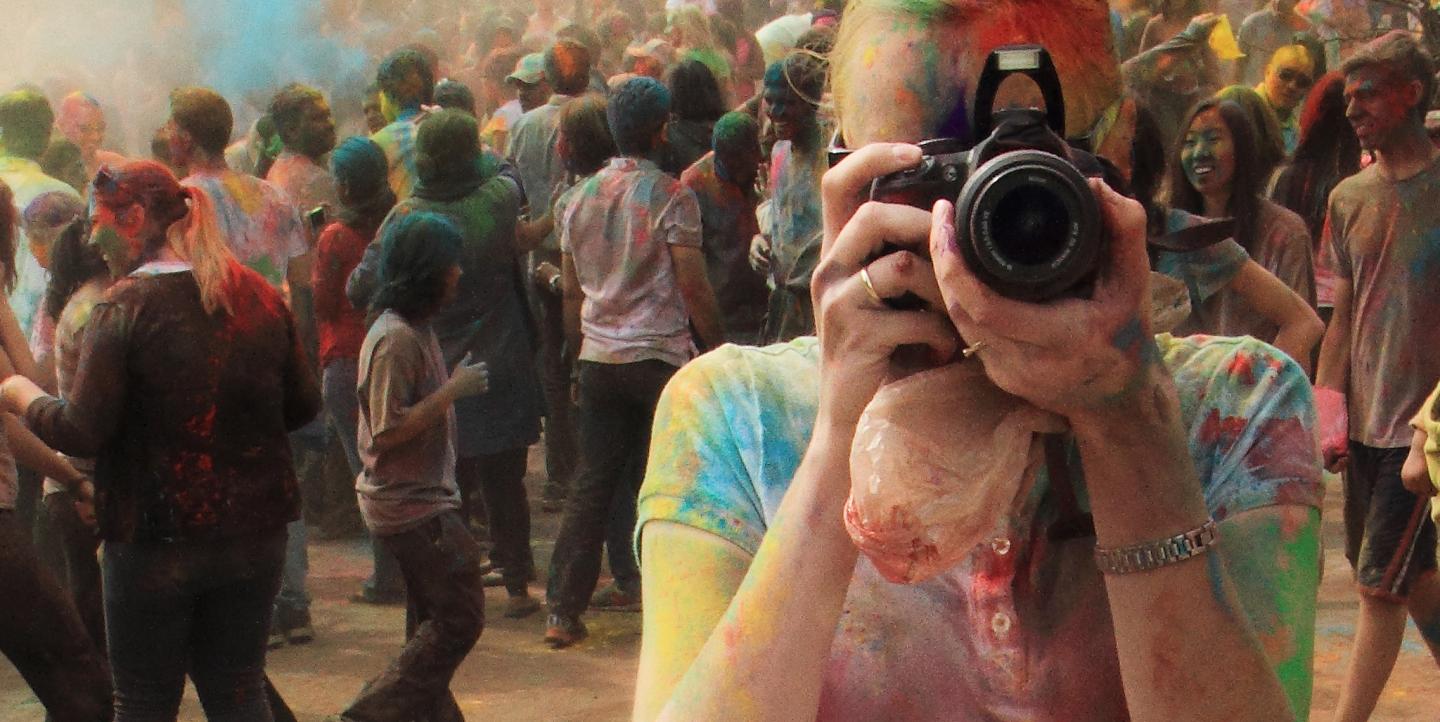Oftentimes, the mere mention of “humor in photojournalism” is either met with cringing faces or an assumption that it refers to paparazzi-style photographs of celebrities in embarrassing positions. In this context, humor in photojournalism will refer to less serious photos that are still objective without disrespecting subjects.
For example, when the World Press Photo Contest included a “happy news and humor” category, humorous photos were those that “showed ordinary people in extraordinary situations, or odd and unintentionally funny moments.”
With news publications trying to have distinct voices and niching down in order to speak to specific audiences, it would be interesting to see humor being used in photojournalism. IJNet caught up with Peter Dench, a London-based photojournalist, and Dr. Ayelet Kohn, senior lecturer at David Yellin Academic College in Jerusalem, to learn more about humor in photojournalism.
IJNet: Is there really space for humor in photojournalism?
Dench: I do see my own reportage work as often having humorous elements in them, but not overall as being humorous. You can’t just make funny pictures, there has to be something more to say beyond that increasing an anthropological legacy.
Kohn: I believe that being able to see situations with empathy and care is mandatory for any photojournalist. This might be shown in being able to see the humor in daily routines, in the irony which is formed when images and meanings clash, and generally speaking, when photographers are alert to the nuances of human behavior, they are more likely to put a smile on people’s faces.
How important do you think humor in photojournalism is?
Dench: I think humor can be a very important and useful tool in photojournalism. It can disarm a viewer. If I show a sequence of amusing photographs then drop a more serious image into that sequence, in my opinion, the impact is heightened. For me, a successful magazine spread, exhibition or book is to take the viewer on a journey, to make them laugh, think and ultimately affect change — and humor can help achieve this.
Kohn: Being able to show absurd situations might sometimes be an important critical tool.
Do you think training might be needed for photojournalists and publications who might be interested in exploring this field?
Dench: I’m not sure how effectively you can train someone to see humor; it’s largely instinctive. What I think photojournalists and publications need to recognize is that a serious social message can be communicated through humor and learn to understand when it might be suitably applied. It’s a fine line to get right.
Would you agree that training photojournalists to “see humor” and capture it would be to some extent teaching photojournalists not to be objective?
Dench: Not necessarily, if the humor is balanced and applied evenly throughout the reportage.
Do you think it would be more acceptable for documentary photographers to pursue humor in their photography than for photojournalists, who focus on reportage?
Dench: Perhaps, but the potential for humor shouldn't be dismissed by photojournalist and has for a long time been a powerful tool in communicating a message. Humor does not have to be belittling, biased or negative.
Kohn: I think the use of humor can be explored by both photojournalists and documentary photographers.
Main image CC-licensed by Flickr via Pabak Sarkar.

